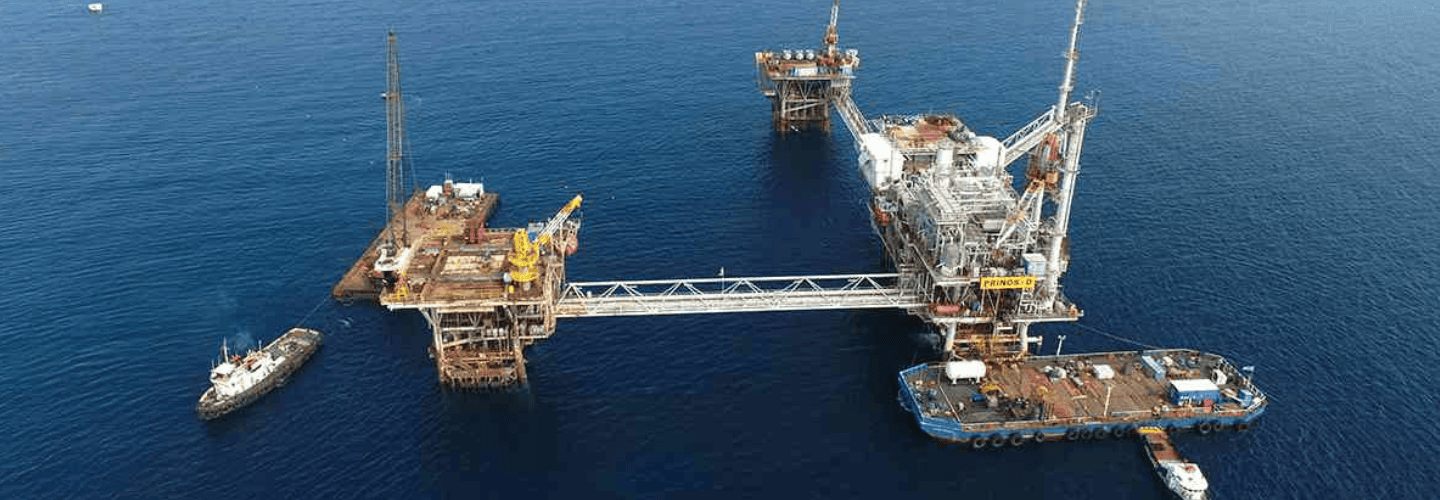The objective of this pilot is to prove the safe and permanent storage of the CO2 quantities delivered to the Kavala receiving station.
The captured CO2 from Elpedison's power plant with the use of a pilot carbon capture plant will be loaded onto GVP’s compressed gas cylinder iso-containers and transported by truck by DESFA to a receiving station in Kavala operated by ENERGEAN GR, from where it will be transported offshore to the Prinos Complex.
The CO2 will be injected into the Prinos aquifer underlaying the reservoir.
Capture
During the capture phase, the CO2 will be collected, compressed and prepared for transport. The capture plant and the compression unit will be managed by CERTH with the support of ELPEDISON. The CO2 will be injected to containerized high pressure cylinders. These CO2 vessels will be monitored by a triple system to detect internal pressure, weight and potential leaks detectors in the surroundings.
Transport
DESFA will undertake the transportation of the containerized high-pressure cylinders to a receiving station in Kavala operated by ENERGEAN GR. From there, it will be transported via pipeline to an injection well in the saline aquifer below the Prinos field.
DESFA and GVP will ensure that the transport complies with local laws and regulations. Transport costs will be estimated according to distance and volume and environmental considerations and social acceptance will also be thoroughly assessed.
Storage
The injection will be carried out in the Prinos saline aquifer at a depth of 2700-3000 meters and a pressure of about 110 bar. An initial capacity of 1MTPA of compressed CO2 will be injected.
The storage site has been designed on the basis of geological, geomechanical and seismic field assessments of Prinos, conducted during the development phase of the field since the 1970s.
Saipem will monitor the CO2 losses at the site to ensure the integrity of the storage.


